Beware of creep and oxidation: high conductivity aluminum alloys are soft and may creep under clamping force. Regardless of alloy, beware of differential thermal expansion, which will cause the mating surfaces to shift as they heat up and cool down, causing wear and oxidation.
Once the aluminum surface oxidizes, that's it, you have an insulator in the affected spot. Over time, connection resistance increases, until eventually it overheats, and damages surrounding circuitry, or melts, or starts a fire.
Joints must be clamped tightly, gas tight or greased (with a suitable anti-ox formulation), stuff like that.
Don't take my word for it, or anyone else's un-cited words; I strongly recommend looking up proper industry-recommended practices, or code standards, for aluminum wiring. Afraid I don't have experience in this field [power transmission and use of aluminum conductors] so I don't have any to recommend (anyone chime in in comments?), but this may also vary by region (permitted equipment wiring practices) so you are best looking up regulations in the place(s) being marketed to / installed in.
Regarding creep, consider: Copper wires resist mechanical creeping - Leonardo Energy They give several academic references that may be of interest.
Also keep in mind, PCB material is subject to creep, or cold-flow. Preferably, use soldered or press-fit terminal blocks; if clamping board material directly, use a bolting solution with lots of compliance, such as using Belleville washers.



